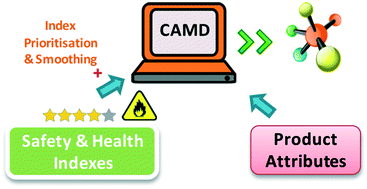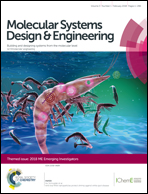Enhancing molecular safety and health assessment via index smoothing and prioritisation
Abstract
In recent decades, safety and health aspects have received much attention in the field of computer-aided molecular design (CAMD). To satisfy the more stringent requirements of regulating agencies, a product must not only achieve its desired function as defined by the customers but also meet safety and health criteria to ensure that the risk posed to users can be minimised to acceptable levels. One of the promising methods to efficiently measure the safety and health aspects of chemical substances is the application of inherent safety and occupational health indexes. These indexes consist of multiple safety and health hazard parameters to assess the physicochemical properties of molecules. The properties are divided into multiple sub-ranges, each of which is assigned a penalty value that corresponds to its degree of hazard. In this work, the penalty values are computed to ensure a smooth transition from one category to another. The quantification of the overall safety and health performance is improved by combining the ordered weighted averaging (OWA) operator method with the analytic hierarchy process (AHP). A case study on solvent design for carotenoid extraction from palm pressed fibre (PPF) illustrates the proposed methodology.

- This article is part of the themed collection: MSDE Emerging Investigators 2018


 Please wait while we load your content...
Please wait while we load your content...